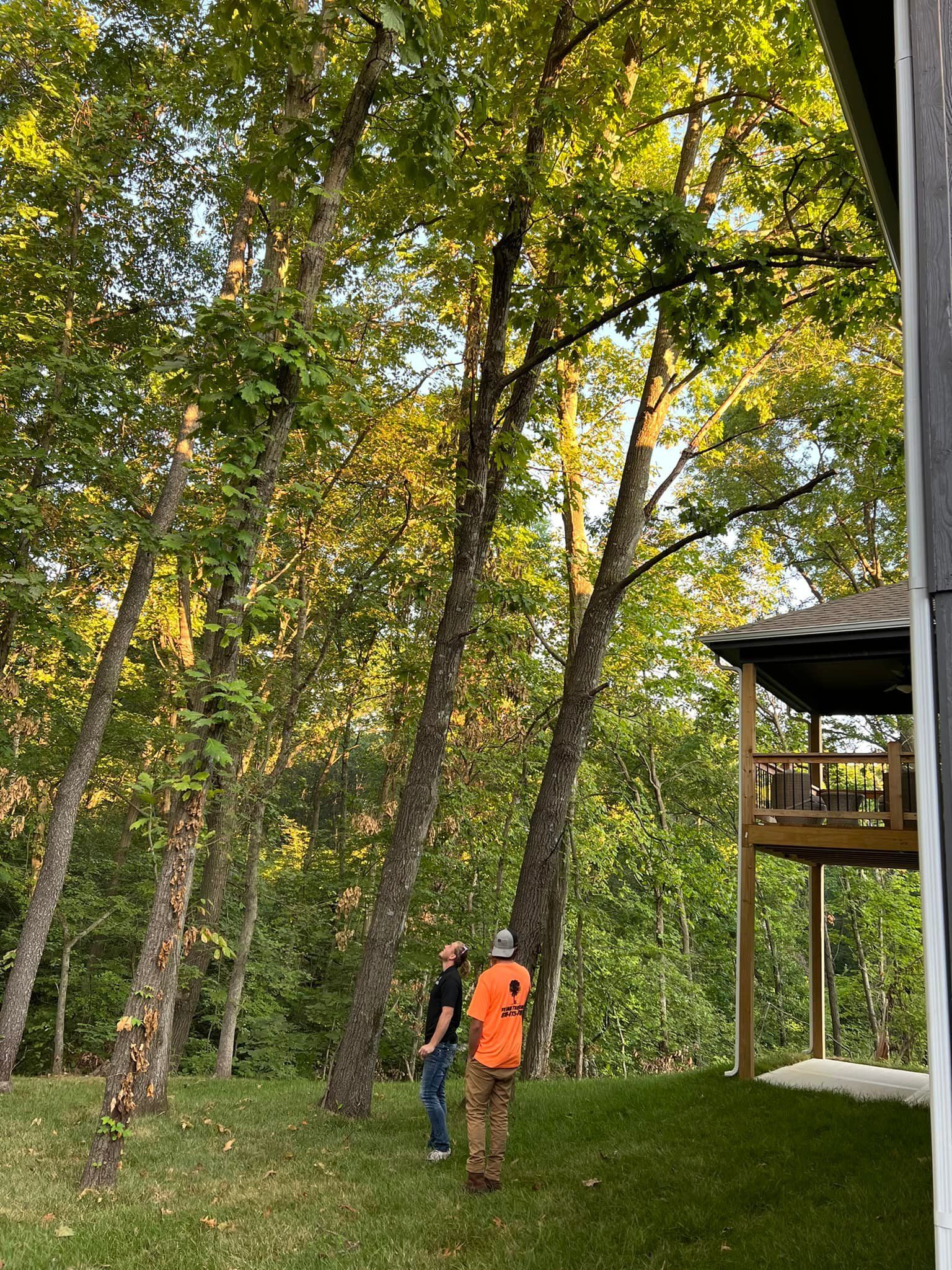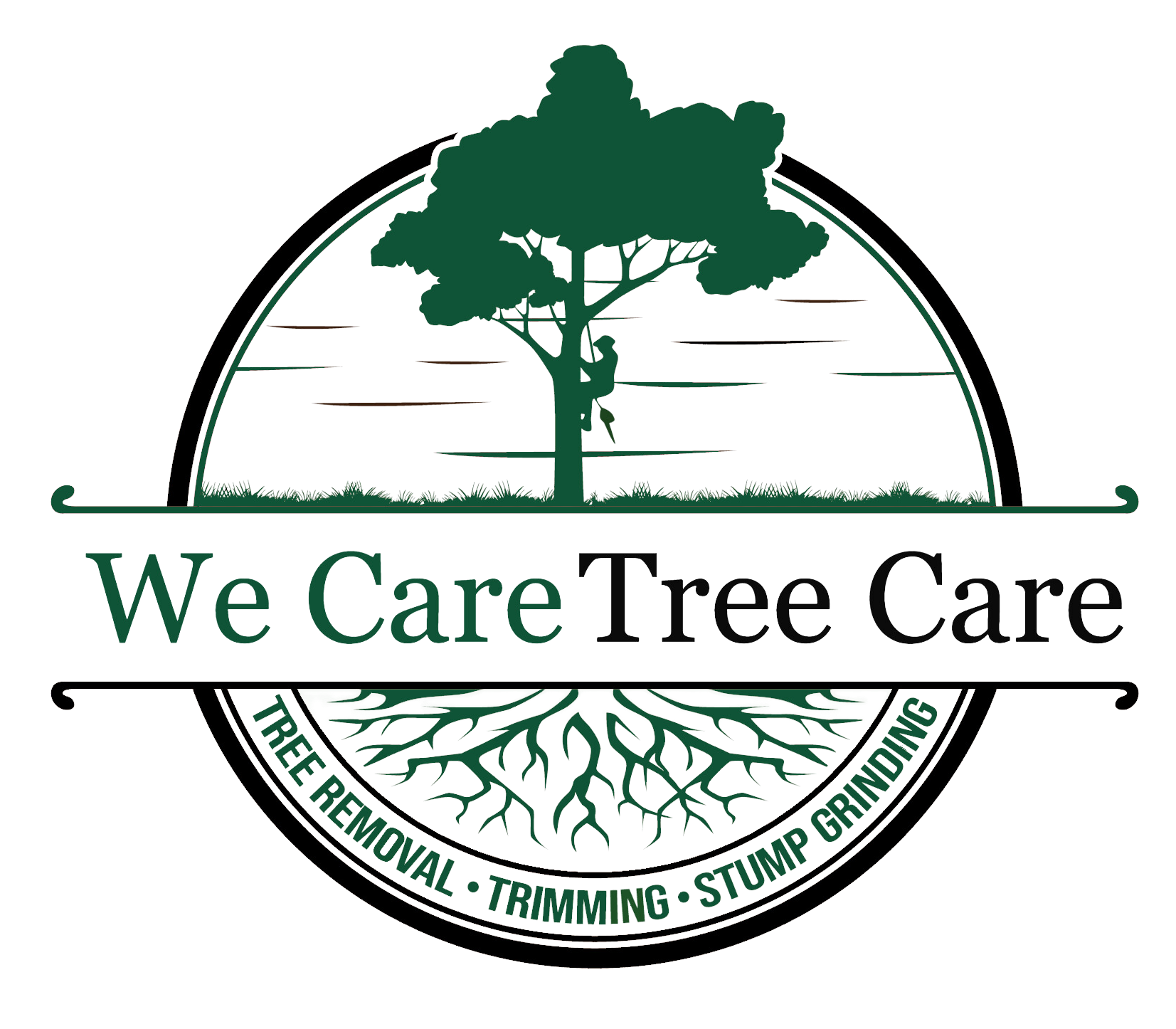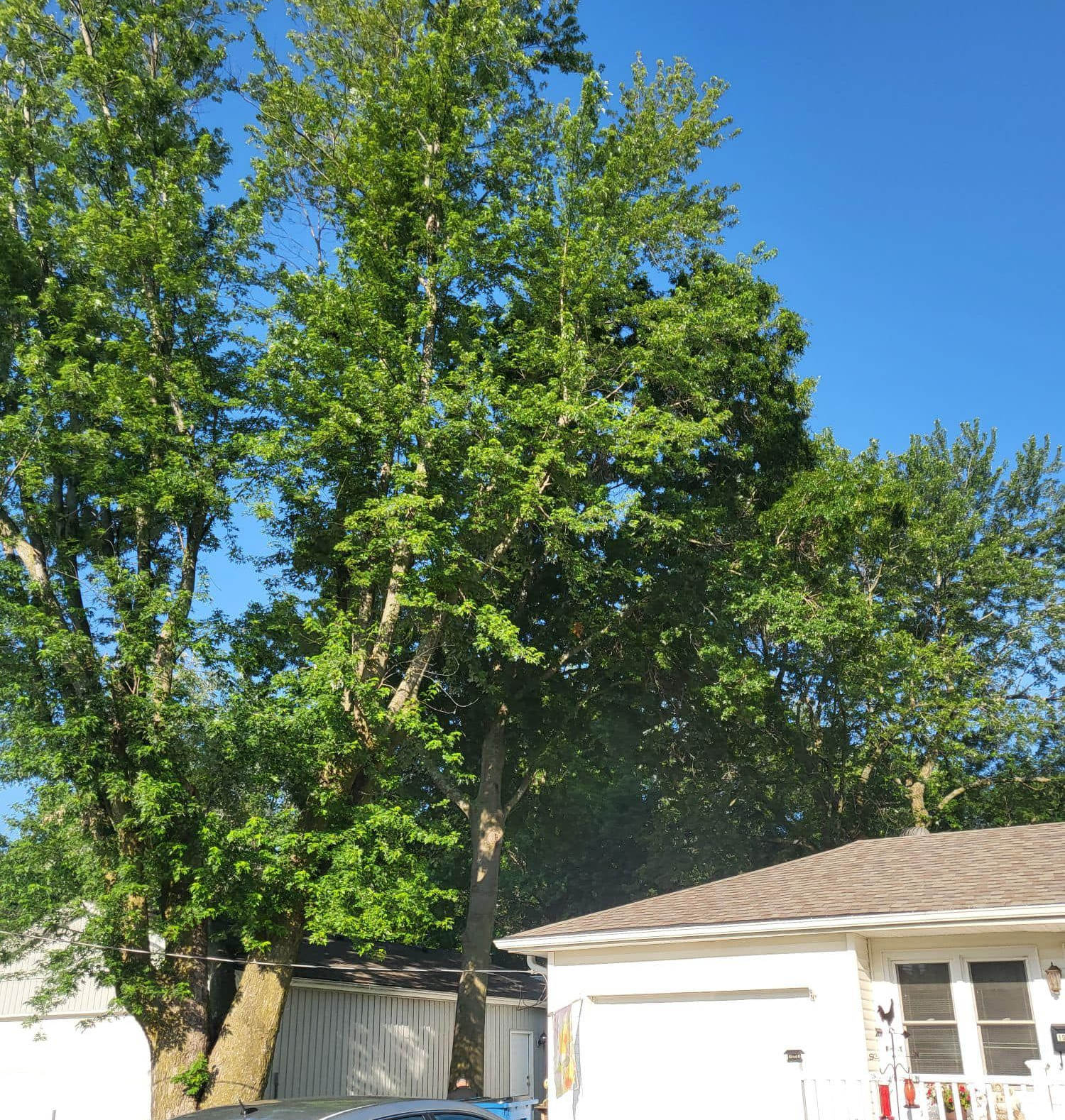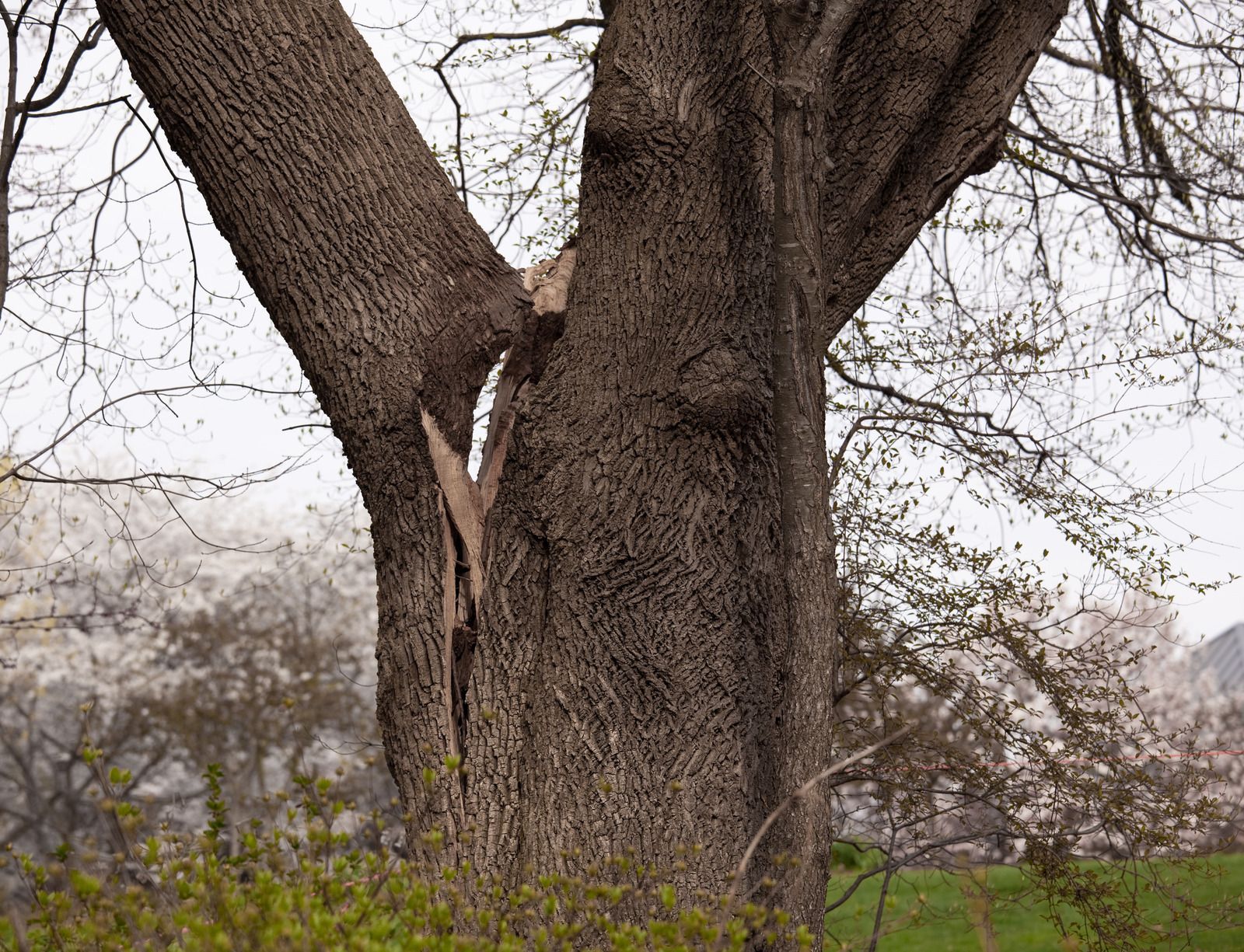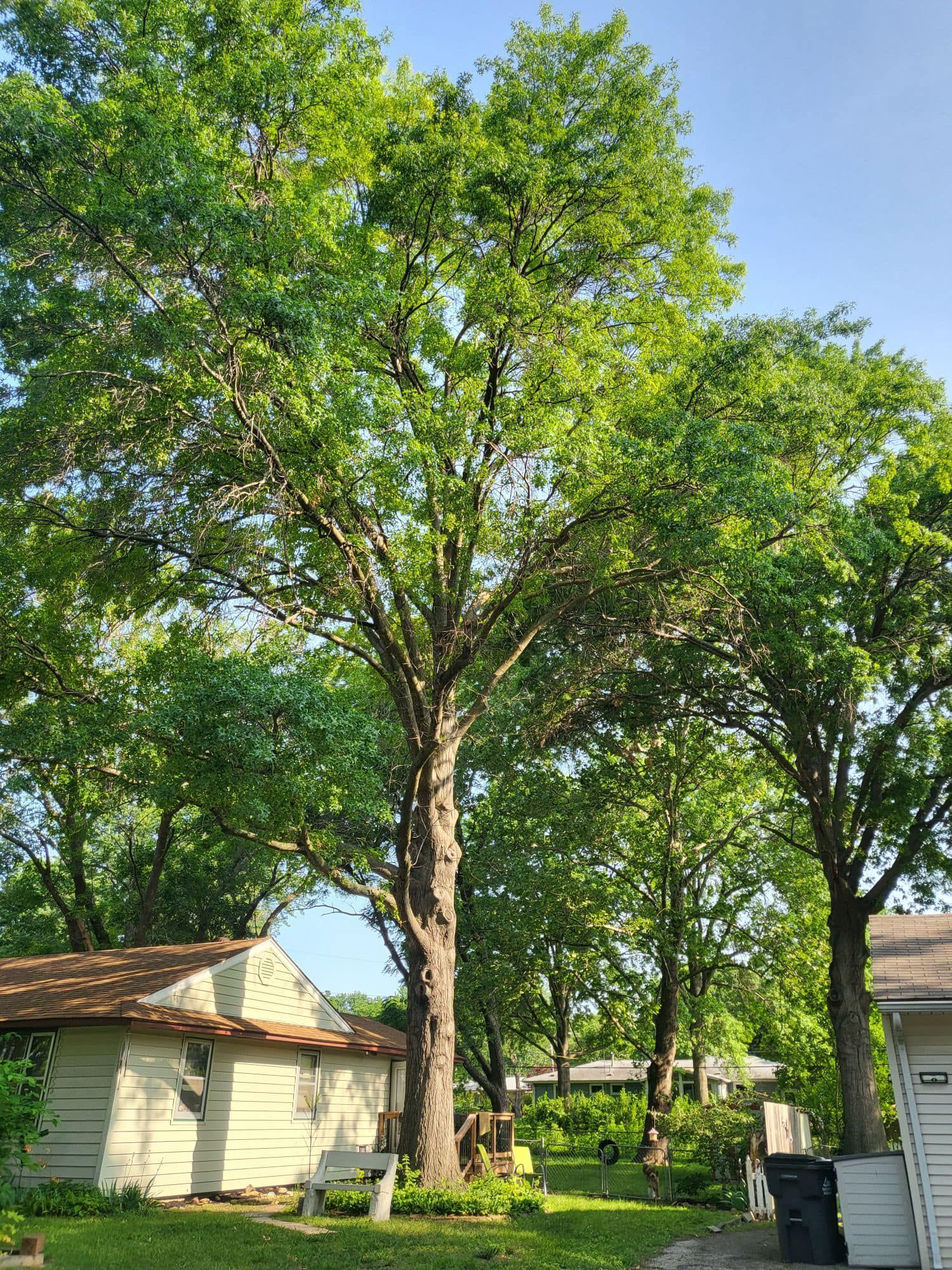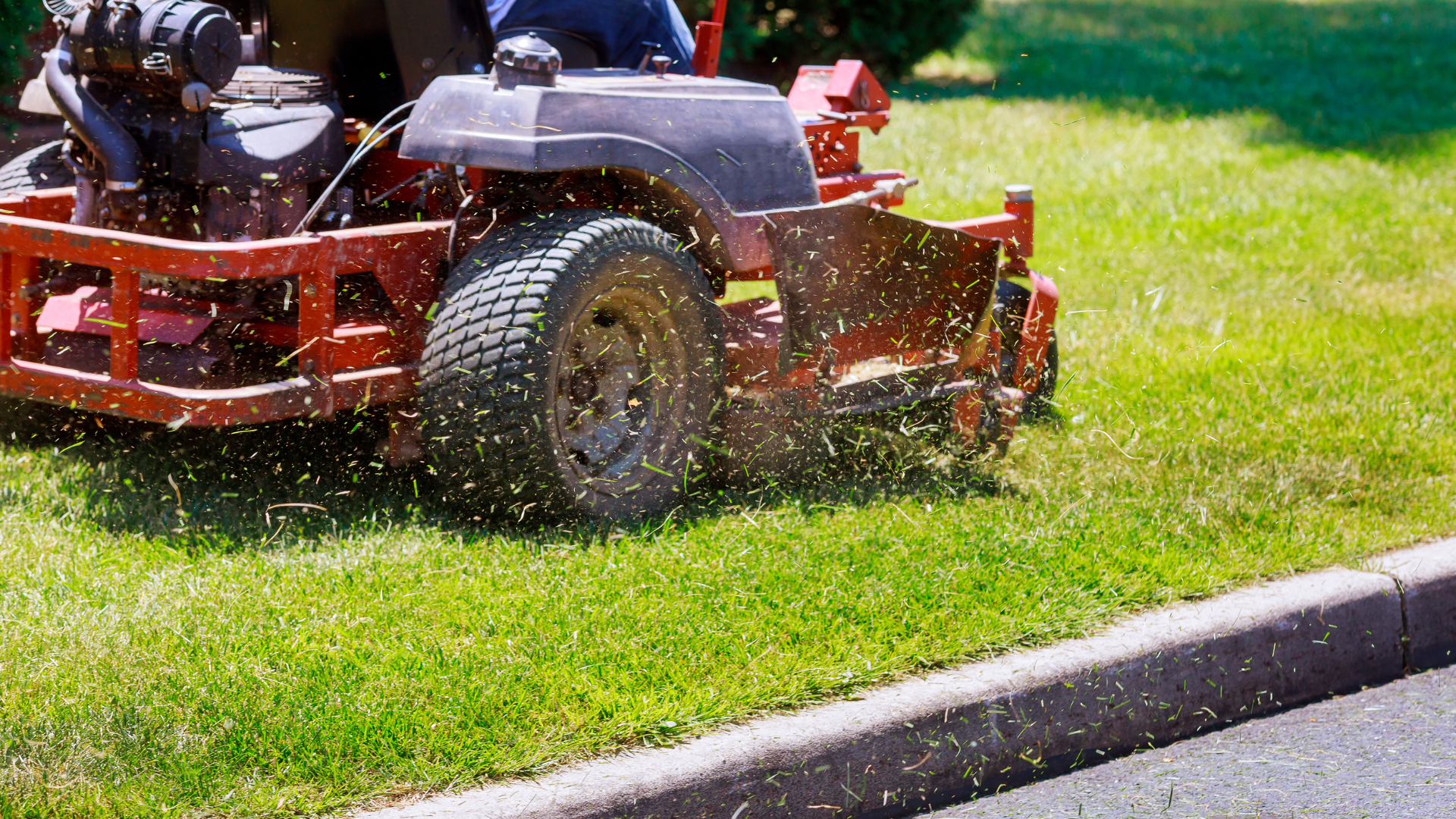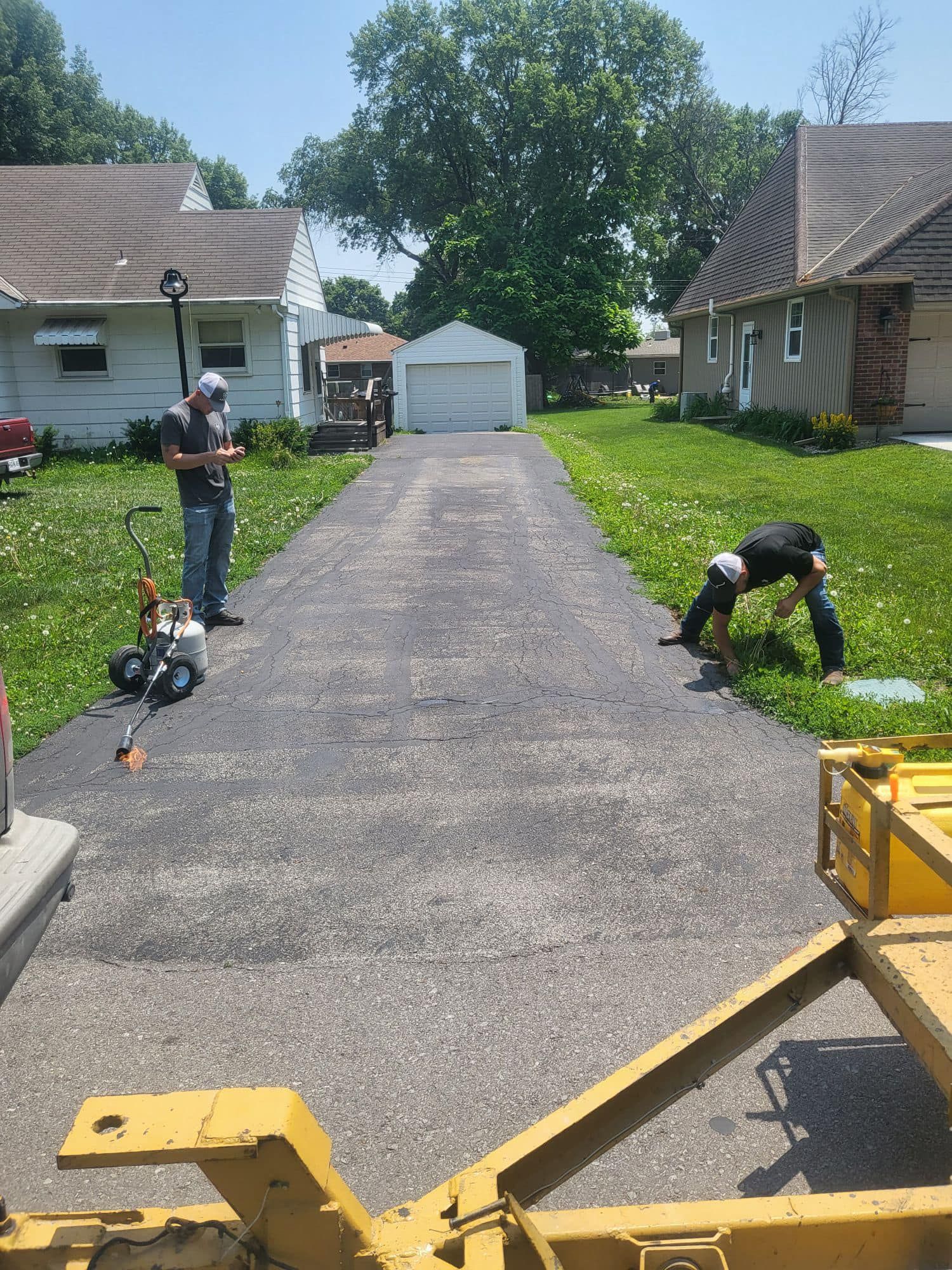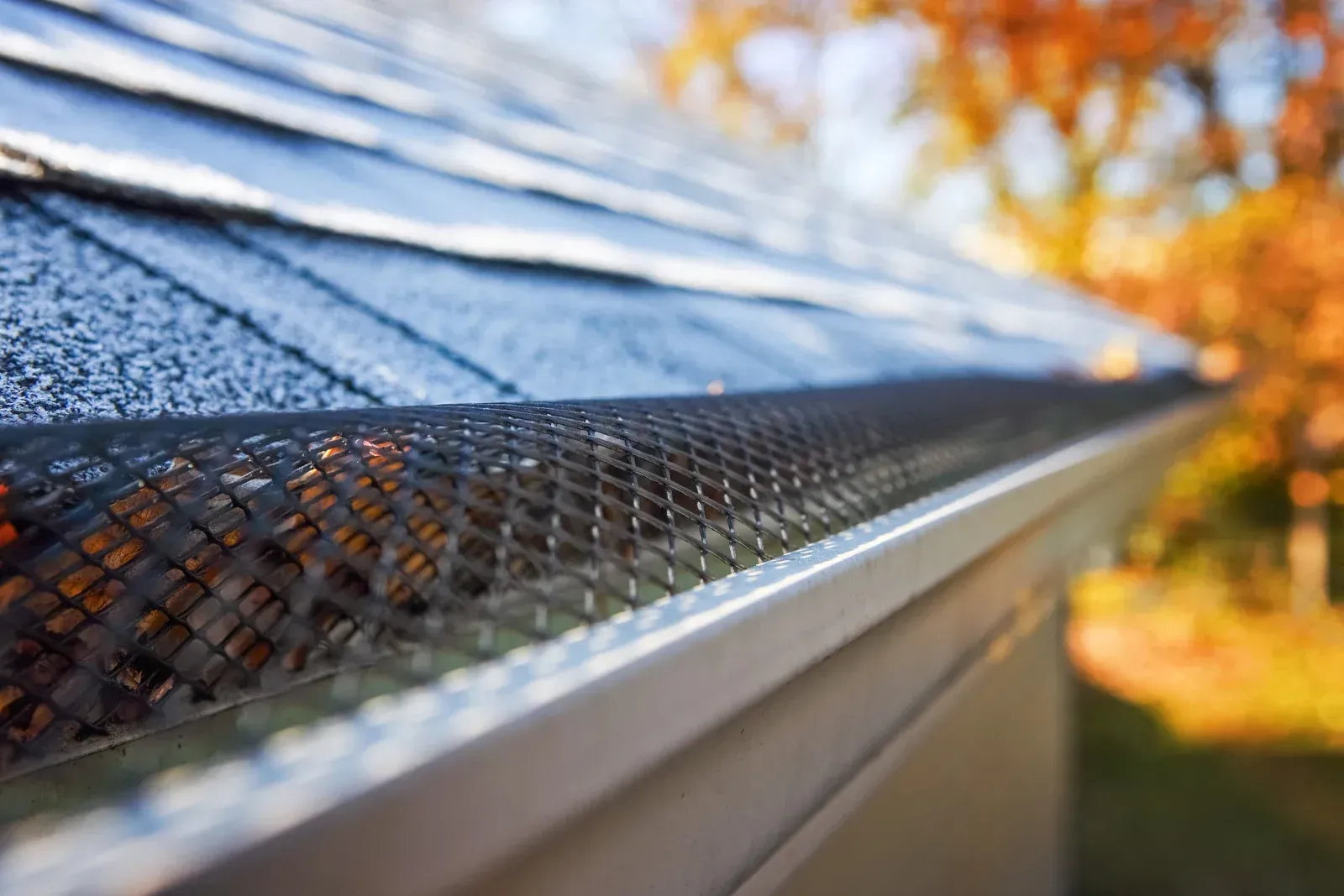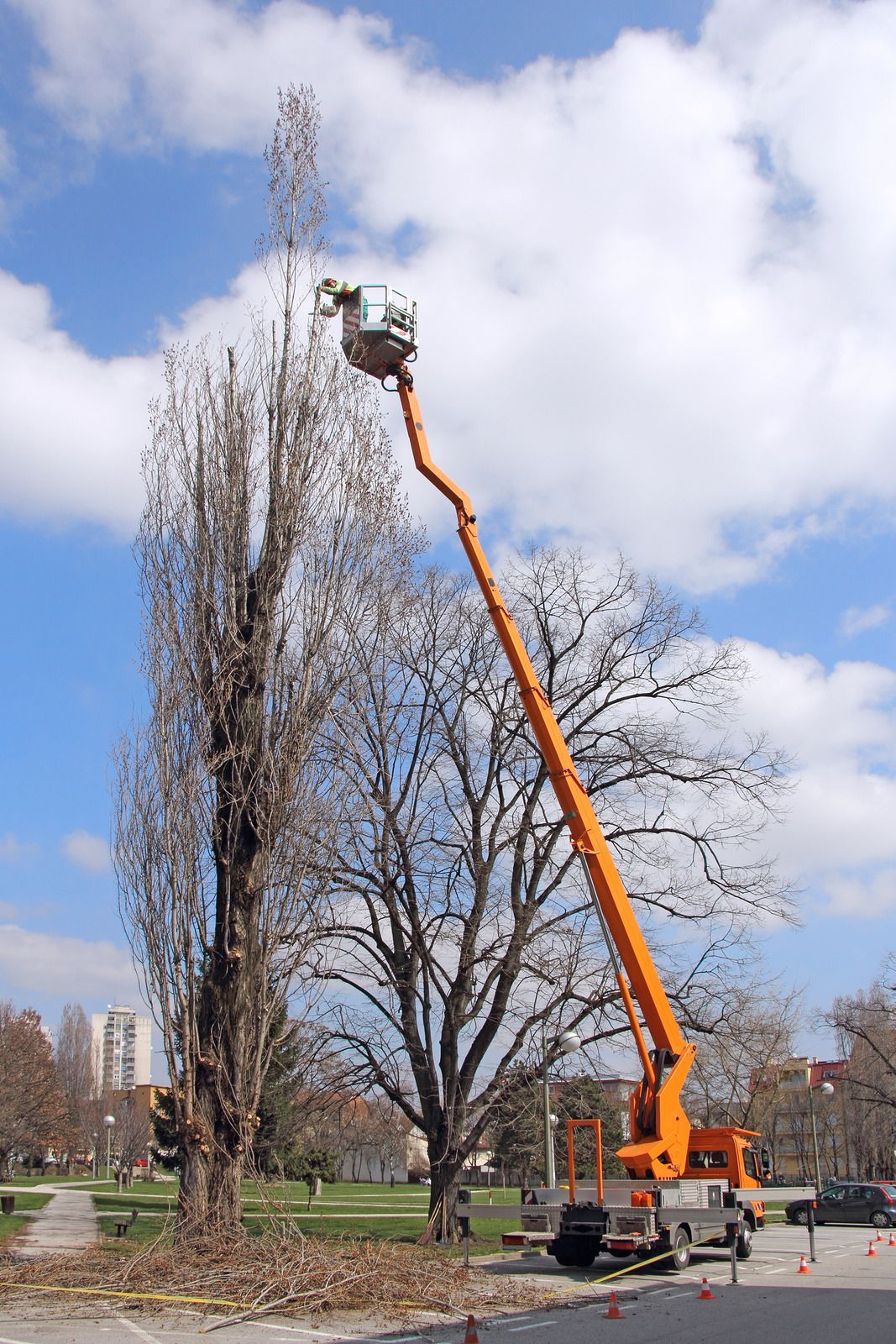Signs That a Large Tree Needs to Be Removed from Your Property
Trees are a vital part of any landscape, offering shade, beauty, and environmental benefits. However, when a tree becomes a safety hazard or is severely damaged, removal may be necessary. Identifying the warning signs early can help prevent accidents and costly property damage. If you have a large tree on your property, here are key indicators that it may need to be removed.
1. Visible Decay and Structural Damage
One of the most apparent signs of a failing tree is visible decay. If you notice large cracks, splits, or cavities in the trunk, the tree may be structurally unstable. Fungal growth, such as mushrooms at the base, is another red flag, as it indicates internal rot. Trees suffering from extensive decay are more likely to break apart during storms, posing a risk to nearby structures and people.
2. Dead or Hanging Branches
Dead branches, especially in the upper canopy, suggest that a tree is in distress. If a significant number of branches are brittle or have no leaves during the growing season, the tree may be dying. Hanging limbs can fall unexpectedly, creating a serious safety hazard. If pruning does not improve the tree’s health, removal may be the best option.
3. Leaning or Unstable Tree Structure
While some trees naturally lean, a sudden or excessive tilt is a warning sign of root damage or structural failure. A tree leaning more than 15 degrees from its original position is at high risk of falling. This issue can be especially dangerous in windy conditions or heavy storms. If a tree’s root system is compromised, no amount of support can fully stabilize it, making removal necessary.
4. Root Damage and Soil Disturbance
Healthy roots are essential for a tree’s stability and longevity. Construction work, soil erosion, or disease can damage a tree’s root system, causing it to weaken. Signs of root issues include soil upheaval, exposed roots, and fungal growth around the base. If the tree lacks a strong foundation, it may eventually topple over, requiring prompt removal.
5. Pest Infestations and Disease
A tree suffering from severe pest infestations or disease can quickly decline. Common indicators include thinning foliage, discolored leaves, oozing sap, and the presence of wood-boring insects. Certain diseases, such as Dutch elm disease or oak wilt, can spread to other trees, making removal necessary to protect the rest of your landscape. If you suspect a tree is infected, consulting a professional arborist can help determine the best course of action.
6. Proximity to Buildings and Power Lines
Trees growing too close to homes, fences, or power lines can become a significant hazard. Overgrown branches may damage roofs, interfere with electrical wires, or even cause foundational issues if roots extend too far. If trimming is not enough to control the risk, removing the tree may be the safest solution.
Protect Your Property with Professional Tree Removal Services
If you notice any of these warning signs, it’s crucial to address the issue before it becomes a serious hazard. At
We Care Tree Care, we have been providing expert
tree removal services in Independence, Missouri, for over 8 years. Our team ensures safe and efficient tree removal, protecting your property and loved ones from potential dangers. Contact us today to schedule an inspection and keep your landscape safe!
